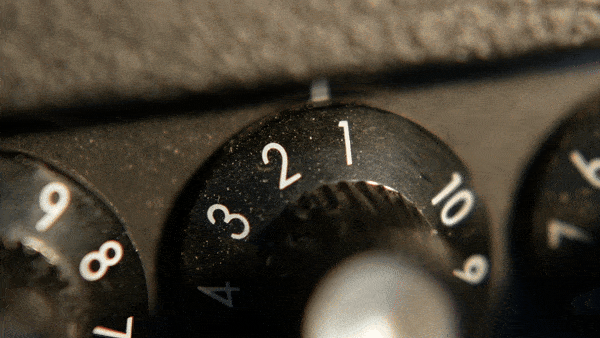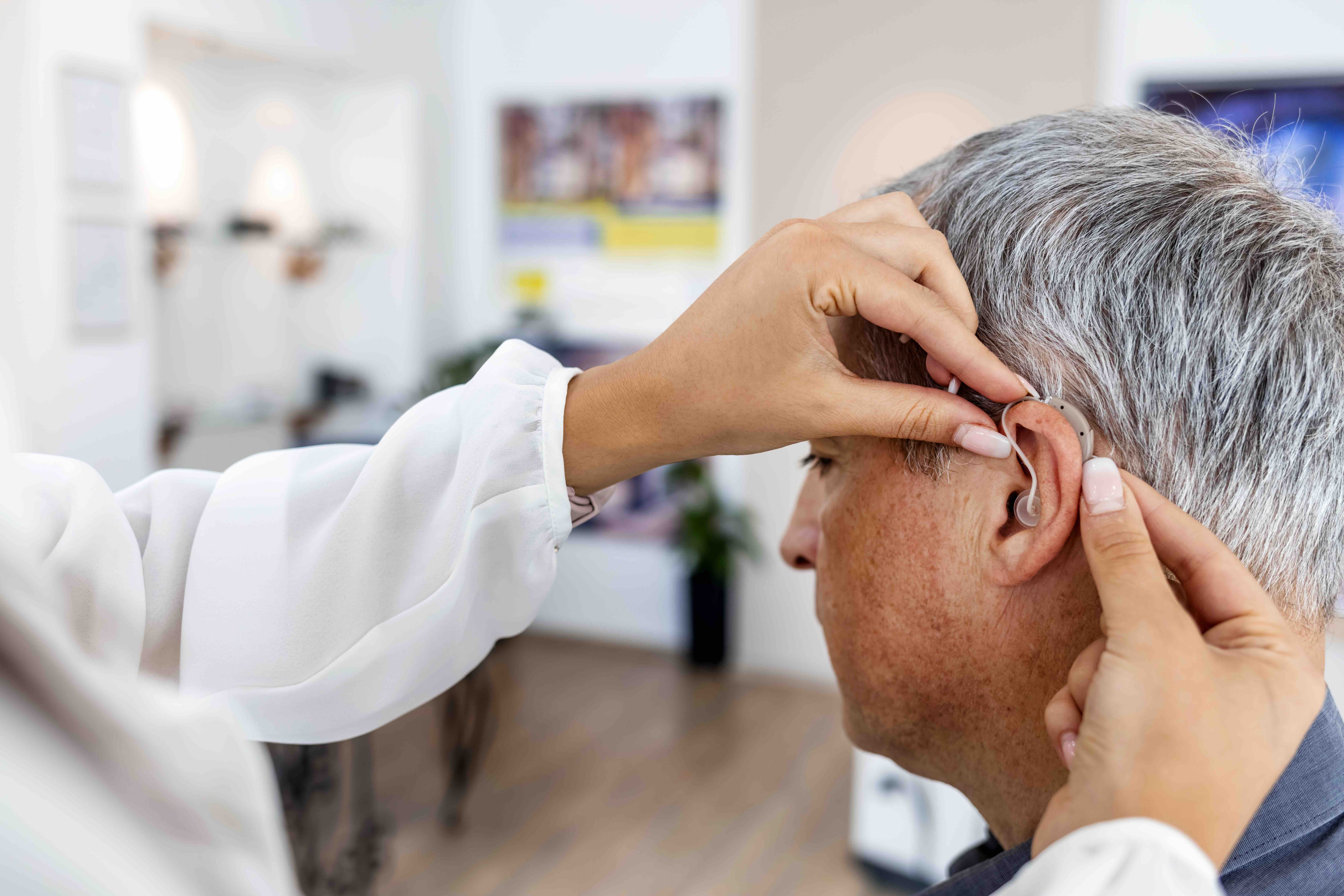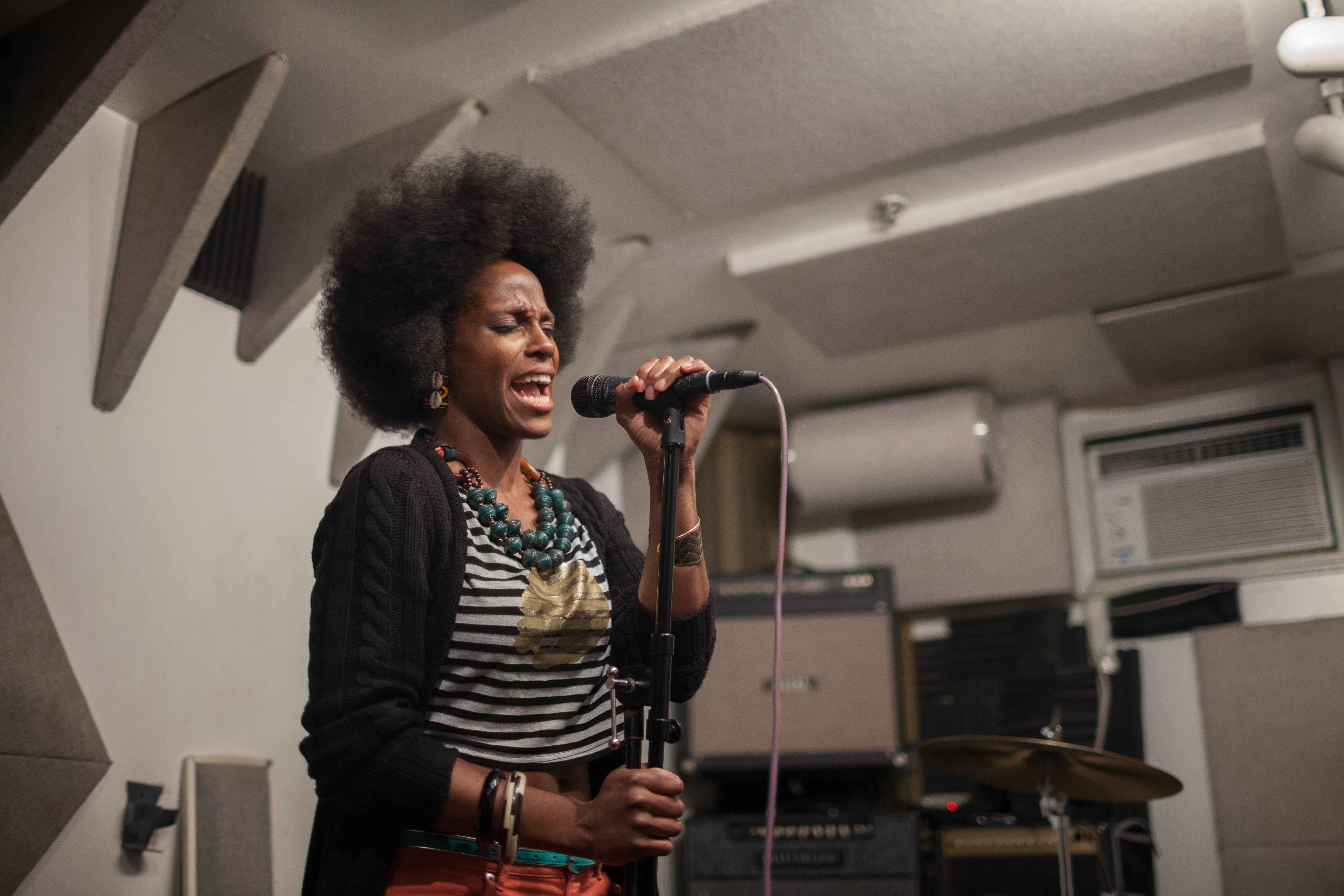
Health & Medicine
A hearing aid could extend your brain function by years

Imagine you’re a professional musician. But you start to lose your hearing. New research aims to help musicians make the transition to hearing aids – and still enjoy the music
Published 16 June 2024
Hearing loss is reported by the World Health Organisation to affect roughly 20 per cent of people around the world – and this figure is set to rise.
Now imagine that you make your living creating (sometimes) very loud sounds.
Professional musicians work with high volumes of music and are much more at risk of developing hearing loss or hearing-related disorders due to their sound exposure.
In fact, some reports set prevalence as high as 74 per cent.
Hearing aids are a common and often very useful way of relieving communication difficulties for most people with permanent hearing loss.
But hearing and enjoying music through hearing aids remains problematic.
This is mainly due to the large spectral differences between speech and music.
Hearing aids have traditionally, and necessarily, been designed to enhance speech and communication, but the programming needed to improve speech intelligibility often creates a distortion in music signals – this is particularly true for live music.

Health & Medicine
A hearing aid could extend your brain function by years
As a classical musician, senior audiologist and PhD candidate in the Department of Audiology and Speech Pathology, as well as a clinician at the Melbourne Hearing Care Clinic, I am particularly interested in the experiences of musicians with hearing loss who wear hearing aids for their music listening and performance.
Our team set out to explore the difficulties professional musicians face with permanent hearing loss, as well as their respective journeys through the hearing aid rehabilitation process.
The performing or professional musicians we interviewed spoke openly about the challenges of experiencing hearing loss and the impact on their professional lives.
One of the key themes we kept coming across was the varied experiences they had with their treating audiologists.
Audiologists are allied health professionals, trained to manage hearing loss (often through fitting hearing aids) and other hearing-related disorders commonly experienced by musicians.
This could include tinnitus (chronic ringing or buzzing in the ears) or hyperacusis (extreme sensitivity to loud sound).
But audiologists have different experiences with managing hearing aids for music listening and performance. In fact, research suggests that music is often not considered or discussed as a listening goal during hearing aid consultations and fittings.
On top of this, there’s very little formal training for audiologists in fitting musicians or music-lovers with hearing aids.
This is something we want to improve through our Master of Clinical Audiology course, which includes caring for a musician’s hearing and hearing aid fitting guides for music.
The recently launched Musicians Hearing Care Clinic at the Melbourne Hearing Care Clinic also aims to provide specific hearing services for musicians.
My goal in setting the clinic up was to deliver tailor-made and evidence-based musician’s hearing care services.

This includes counselling on hearing protective practices, assessment of a musician’s sound exposure and risk profile, ongoing baseline hearing assessments, as well as hearing aid fittings for musicians and music-lovers and the use of music settings and smart phone apps specifically designed to enhance the sound quality of music.
It’s important to remember that many audiologists have little or no musical training.
One great suggestion from the musicians we interviewed was a glossary of terms. This would translate musical terms like ‘timbre’, ‘dynamics’, and musical descriptors like ‘full’, ‘rich’, ‘bright’ or ‘dull’ into terms audiologists could then use for effective hearing aid adjustments.

Arts & Culture
5 ways singing helps humanity
Music is hugely important to us as humans and our quality of life. But music as an important form of communication was also highlighted in our interviews.
A necessary addition to the research, and something we are working to produce, is a practical guide for audiologists when fitting hearing aids for music listening and performance.
We need to consider whether improving music audibility and enjoyment is a listening goal for our hearing aid clients and adjust our fittings accordingly.

Our musicians talked about the difficulties they faced adjusting to their hearing aids for the first time.
Imagine trying to translate a lifetime’s perception of the sound quality of music through the digital sound of hearing aids.
Currently, there’s very little published research available for musicians on what to expect from this process, let alone any suggestions for how to improve and speed up the acclimatisation process. We are also hoping to fill this gap.

Arts & Culture
Building intercultural engagement through music
If you speak to a practicing audiologist about their most challenging cases, they will most often call out musicians or sound engineers. Musicians want control over their soundscape. They want to understand the technical capabilities of the gain and frequency response of their hearing aids.
There is now smartphone app technology that allows this.
Audiologists should embrace the knowledge of musicians in their clinics, spend time understanding what they need, as well as educating musicians on what to expect from the experience of hearing their music through hearing aids.
Dr Ian O’Brien, owner and director of Musician’s Ears has provided invaluable support for this research, as well as my PhD supervisors Professor Richard Dowell and Professor Gary Rance, both of the University of Melbourne Department of Audiology and Speech Pathology.